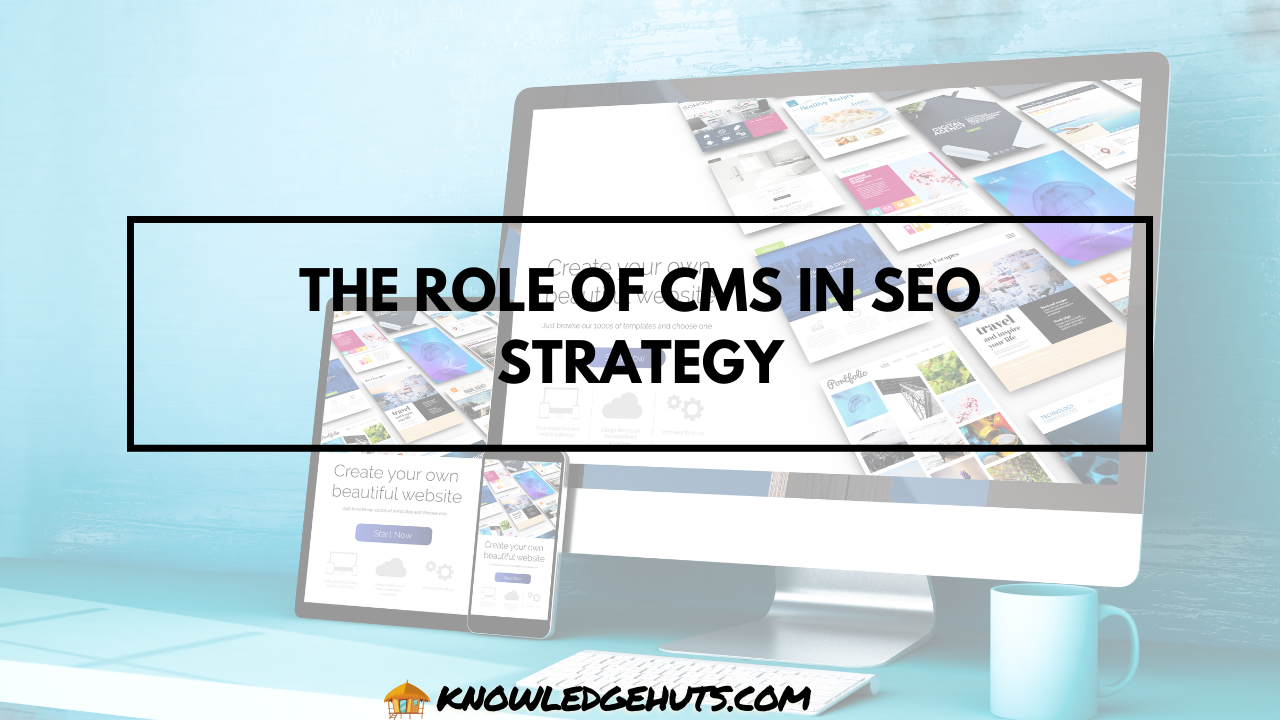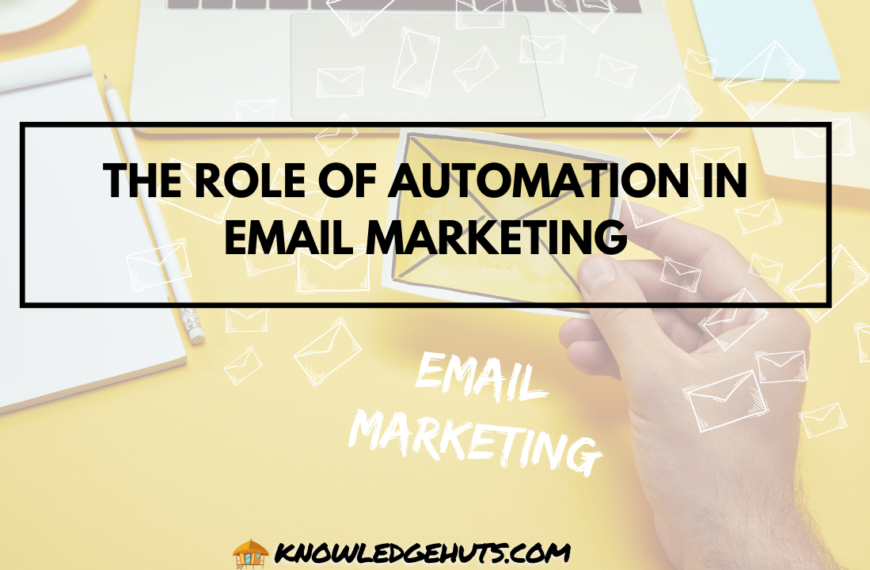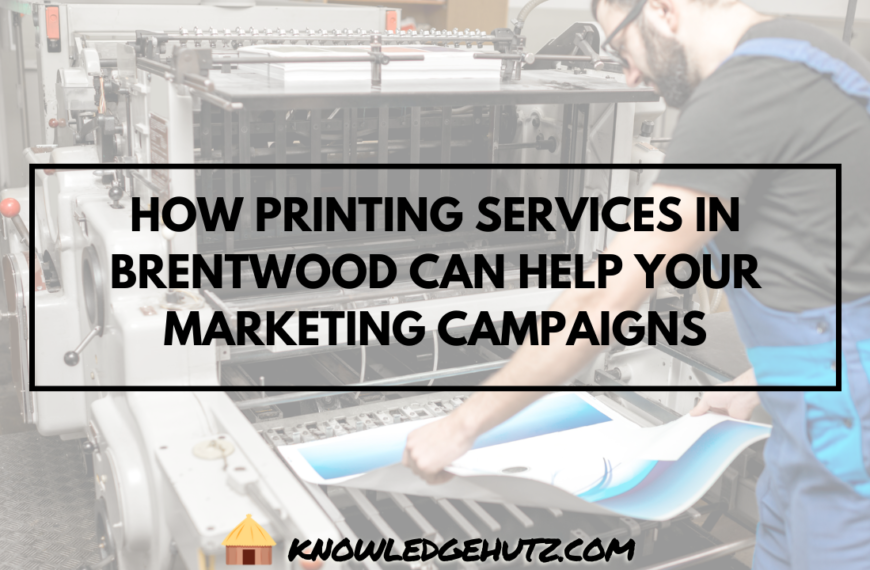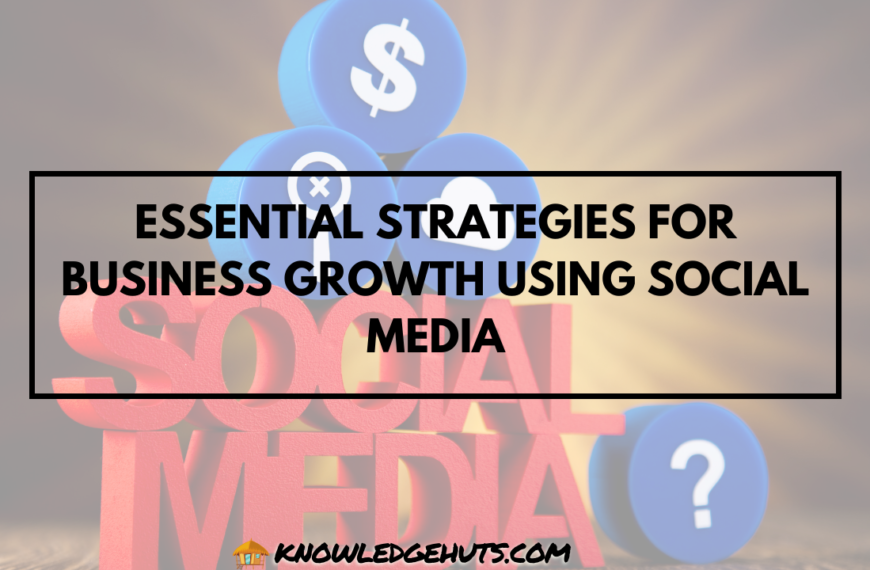In today’s competitive business landscape, customer relationship management (CRM) and marketing automation are essential tools for companies looking to streamline their operations, improve customer engagement, and drive revenue growth. While these tools are powerful on their own, the real magic happens when they are integrated.
Integrating CRM with marketing automation allows businesses to combine customer data with automated workflows, making it easier to engage with prospects and customers at the right time with the right message. This seamless integration leads to more efficient marketing, better alignment between sales and marketing teams, and improved customer experiences.
In this blog post, we’ll explore the key benefits of integrating CRM with marketing automation, explain how this integration works, and provide actionable insights on how businesses can make the most of these tools.
What is CRM and Marketing Automation?
Before diving into the benefits of integrating CRM with marketing automation, it’s important to understand what these systems are and what they do.
CRM (Customer Relationship Management)
A CRM system is designed to manage a company’s interactions with customers and prospects. It stores detailed information about each customer, including contact details, purchase history, communication preferences, and interactions with the brand. CRMs help businesses keep track of customer relationships and sales pipelines, ensuring that nothing falls through the cracks.
Popular CRM systems include:
- Salesforce
- HubSpot CRM
- Zoho CRM
- Microsoft Dynamics 365
Marketing Automation
Marketing automation, on the other hand, refers to software that automates repetitive marketing tasks such as email campaigns, social media posting, and lead nurturing. It helps businesses send personalized messages to prospects and customers at scale while saving time and improving efficiency. Marketing automation platforms can track website visits, measure campaign performance, and segment audiences based on behavior.
Popular marketing automation platforms include:
- Marketo
- HubSpot Marketing Hub
- Pardot
- ActiveCampaign
How CRM and Marketing Automation Work Together
CRM and marketing automation work in tandem to ensure that both marketing and sales efforts are aligned and optimized. When integrated, marketing automation feeds data into the CRM, and the CRM provides insights that guide marketing strategies. This two-way communication enables businesses to better understand their customers and prospects, deliver personalized marketing campaigns, and close deals faster.
The Key Benefits of Integrating CRM with Marketing Automation
1. Improved Lead Management and Nurturing
One of the most significant benefits of integrating CRM with marketing automation is improved lead management. By combining customer data from the CRM with marketing automation workflows, businesses can create more targeted and personalized lead-nurturing campaigns.
For example, when a prospect downloads a whitepaper or fills out a contact form, the CRM captures that information and feeds it into the marketing automation system. The marketing team can then send personalized follow-up emails based on the prospect’s actions, nurturing them through the sales funnel.
Benefits of Improved Lead Management:
- Automated lead scoring to prioritize the most promising prospects.
- Personalized content based on the lead’s behavior and preferences.
- Timely follow-ups, reducing the risk of losing leads.
Table: CRM and Marketing Automation Lead Nurturing Process
| Step | CRM Role | Marketing Automation Role |
|---|---|---|
| Lead Capture | Stores contact details and interaction history. | Triggers workflows based on lead actions. |
| Lead Scoring | Assigns scores based on interactions and sales potential. | Automates lead scoring based on behavior and engagement. |
| Lead Nurturing | Tracks lead’s progress through the sales funnel. | Sends automated, personalized follow-up emails. |
2. Better Alignment Between Sales and Marketing
A common challenge for businesses is the disconnect between sales and marketing teams. Sales teams often feel that marketing leads are not qualified enough, while marketing teams may feel that sales aren’t following up on leads effectively. Integrating CRM with marketing automation bridges this gap by providing both teams with the same data and insights.
With integration, marketing teams can see which leads are engaging with campaigns and track their progress through the funnel, while sales teams have access to this data to prioritize follow-ups. This creates a more collaborative environment where both teams work towards the same goal.
Benefits of Sales and Marketing Alignment:
- Improved lead handoff between marketing and sales.
- Shared visibility into the entire customer journey.
- More effective follow-ups based on real-time data.
Table: Sales and Marketing Alignment Benefits
| Benefit | Description |
|---|---|
| Shared Data | Both teams have access to the same customer data and insights. |
| Enhanced Collaboration | Sales and marketing work together to close deals faster. |
| Better Lead Quality | Marketing provides sales with more qualified leads based on behavior data. |
3. Personalization at Scale
Customers today expect personalized experiences from the brands they engage with. With CRM and marketing automation integration, businesses can deliver personalized content at scale. The CRM holds valuable information about each customer, including purchase history, preferences, and previous interactions. This data can be fed into the marketing automation platform to create tailored messages and campaigns.
For example, a customer who frequently purchases a particular product might receive personalized offers or product recommendations based on their purchase history. Similarly, prospects who engage with specific content on a website can be sent targeted follow-up emails with relevant information.
Benefits of Personalization:
- Increased engagement rates with personalized content.
- Higher conversion rates due to tailored marketing messages.
- Improved customer satisfaction and loyalty.
Table: Examples of Personalization with CRM and Marketing Automation Integration
| Personalization Strategy | Example |
|---|---|
| Email Personalization | Sending personalized product recommendations based on purchase history. |
| Behavioral Targeting | Targeting website visitors with content based on their browsing behavior. |
| Dynamic Content | Adjusting website banners or emails based on customer preferences. |
4. Enhanced Customer Segmentation
Customer segmentation is critical for delivering the right message to the right audience. CRM systems store extensive customer data, and marketing automation tools allow businesses to segment this data for targeted campaigns. By integrating the two systems, businesses can create highly specific segments based on a combination of demographic, behavioral, and transactional data.
For example, a business can create a segment of customers who have made a purchase within the last 30 days and have opened a marketing email. This segment can then be targeted with a special loyalty offer or cross-sell opportunities. The ability to segment audiences with precision allows for more effective marketing campaigns and improved ROI.
Benefits of Enhanced Customer Segmentation:
- More precise targeting of marketing messages.
- Improved campaign performance with tailored offers.
- Better understanding of customer needs and behaviors.
Table: Customer Segmentation Strategies
| Segmentation Type | Description |
|---|---|
| Demographic Segmentation | Segments customers based on age, gender, location, or income level. |
| Behavioral Segmentation | Segments customers based on website activity or email engagement. |
| Transactional Segmentation | Segments customers based on purchase history or order frequency. |
5. Streamlined Workflows and Improved Efficiency
Integrating CRM with marketing automation streamlines workflows by automating repetitive tasks and reducing manual data entry. Instead of manually tracking leads, updating customer records, or sending follow-up emails, these tasks can be automated, freeing up time for marketing and sales teams to focus on more strategic activities.
For instance, when a lead moves from one stage of the sales funnel to the next, marketing automation can trigger specific actions, such as sending a follow-up email or alerting the sales team. This reduces the chance of human error and ensures that leads are nurtured at every stage of the journey.
Benefits of Streamlined Workflows:
- Reduced manual work and administrative tasks.
- Faster response times and more timely follow-ups.
- Greater consistency in lead management and customer communication.
Table: Example of an Automated Workflow
| Trigger | Automated Action |
|---|---|
| Lead Fills Out Contact Form | Sends personalized follow-up email with relevant content. |
| Customer Abandons Cart | Sends automated reminder email with a discount offer. |
| Lead Reaches Certain Score | Notifies the sales team to follow up with a high-potential prospect. |
6. Better Data Insights and Reporting
With CRM and marketing automation working together, businesses have access to more comprehensive data insights and reporting capabilities. CRM systems track every interaction a customer has with the business, while marketing automation tools measure the effectiveness of campaigns, such as open rates, click-through rates, and conversion rates.
By integrating the two, businesses can analyze data across both systems to get a complete view of the customer journey. This data can then be used to optimize marketing strategies, improve sales performance, and make more informed business decisions.
Benefits of Better Data Insights:
- A more holistic view of the customer journey from lead to sale.
- Improved decision-making based on data-driven insights.
- Enhanced ability to track ROI and campaign performance.
Table: Key Metrics for CRM and Marketing Automation Integration
| Metric | Description |
|---|---|
| Lead Conversion Rate | Percentage of leads that convert into paying customers. |
| Campaign ROI | Return on investment for specific marketing campaigns. |
| Customer Lifetime Value (CLV) | The total value a customer brings to the business over their lifetime. |
| Sales Cycle Length | Time it takes for a lead to move through the sales funnel. |
How to Successfully Integrate CRM with Marketing Automation
Integrating CRM with marketing automation can be a game-changer for businesses, but it requires careful planning and execution. Here are a few key steps to ensure a successful integration:
Choose the Right Tools
Not all CRM and marketing automation platforms are built to work together seamlessly, so selecting the right tools that can integrate easily is essential. Some CRM systems, such as Salesforce and HubSpot, offer native integrations with popular marketing automation platforms, making the process more straightforward. It’s important to choose systems that can share data without requiring extensive manual workarounds or additional third-party software.
When selecting the right tools, consider:
- Integration Compatibility: Ensure the CRM and marketing automation platforms you choose are compatible. Look for platforms that offer native integration, or consider using integration tools like Zapier if needed.
- Scalability: Choose platforms that can grow with your business. You don’t want to outgrow your software in a few years.
- Ease of Use: Both CRM and marketing automation platforms should be user-friendly for your team.
- Customer Support: Choose vendors that provide strong customer support to help resolve any integration issues quickly.
Data Migration and Clean-Up
Before integrating your CRM with marketing automation, ensure that your data is clean and organized. Data quality is essential for smooth integration and effective use of both systems. Duplicates, outdated records, or incomplete customer information can lead to inaccurate reporting and inefficient workflows.
Steps to prepare your data:
- Deduplicate Records: Ensure that customer records are unique across your CRM system.
- Update Outdated Information: Check customer details for accuracy, and update any incorrect or missing data.
- Segment Your Database: Organize your database by creating segments that will allow for personalized and targeted marketing campaigns.
Define Clear Objectives
A successful integration starts with clearly defined objectives. What do you hope to achieve by integrating your CRM and marketing automation systems? Some common goals include:
- Improving lead nurturing efforts.
- Aligning sales and marketing teams.
- Increasing personalization for customer engagement.
- Enhancing data-driven decision-making.
Once you have defined your objectives, you can customize workflows, create campaigns, and set up reporting dashboards to measure progress toward these goals.
Train Your Teams
Both marketing and sales teams will need training on how to use the integrated system effectively. Ensure that all users understand how the systems work together, the benefits of integration, and how to leverage the available data to improve their workflows. This training is essential for maximizing the return on investment (ROI) from the integration.
Steps for training your teams:
- Demonstrate the Value: Show how the integration benefits both marketing and sales teams, such as real-time data sharing and automated tasks.
- Provide Hands-On Training: Give teams access to test environments where they can practice using the systems.
- Ongoing Support: Offer continuous support and training as new features are added or updates are made to the software.
Monitor Performance and Optimize
After integrating your CRM with marketing automation, it’s essential to continuously monitor the system’s performance and optimize your workflows. This ensures you’re getting the most value out of the integration.
Key areas to monitor include:
- Lead Conversion Rates: Are leads moving through the funnel more effectively? Track conversion rates from lead to customer.
- Campaign Performance: Use reporting dashboards to track email open rates, click-through rates, and other marketing metrics.
- Sales Follow-Up: Are sales teams following up on qualified leads at the right time? Look for opportunities to improve handoffs between marketing and sales.
Based on the data gathered, you can make adjustments to your campaigns, segmentation strategies, or automation workflows for continuous improvement.
Real-World Example: CRM and Marketing Automation Integration Success
To illustrate the benefits of integrating CRM with marketing automation, let’s look at a real-world example of how a company improved its business operations through this integration.
Case Study: Company X
Background: Company X, a mid-sized e-commerce business, struggled to align its marketing and sales teams. The marketing team generated a high volume of leads through email campaigns, but the sales team felt that many of these leads were not qualified. The lack of alignment resulted in missed opportunities and lower conversion rates.
Solution: Company X decided to integrate their CRM (Salesforce) with their marketing automation platform (Marketo). With this integration, they could automatically segment leads based on behavior, automate lead scoring, and set up real-time notifications for the sales team when a lead reached a certain score.
Results:
- Lead-to-customer conversion rates increased by 30% within six months.
- Sales cycle times shortened by 25%, as the sales team had access to more detailed lead information.
- Marketing team reduced manual follow-up emails by 50%, allowing them to focus on more strategic initiatives.
This case study demonstrates how integrating CRM with marketing automation can lead to measurable improvements in both marketing efficiency and sales performance.
Table: Company X’s Performance Metrics Before and After Integration
| Metric | Before Integration | After Integration |
|---|---|---|
| Lead-to-Customer Conversion Rate | 10% | 13% |
| Sales Cycle Length | 45 days | 34 days |
| Manual Email Follow-Ups | 100% manual | 50% automated |
The Future of CRM and Marketing Automation Integration
As technology continues to evolve, the integration of CRM and marketing automation will become even more powerful. With advancements in artificial intelligence (AI) and machine learning, these platforms will gain greater predictive capabilities, enabling businesses to anticipate customer needs and respond proactively.
Some future trends to watch for include:
- AI-Powered Personalization: AI will make it easier to deliver hyper-personalized marketing messages based on customer behavior, preferences, and past interactions.
- Real-Time Decision-Making: With AI and machine learning, marketing automation platforms will be able to analyze data in real-time and adjust campaigns on the fly.
- Improved Customer Experience: Integration will continue to focus on providing seamless and personalized customer experiences across all touchpoints, leading to better customer satisfaction and loyalty.
Conclusion
Integrating CRM with marketing automation offers numerous benefits for businesses looking to improve efficiency, align their teams, and provide personalized customer experiences. By bringing together these two powerful tools, businesses can streamline their operations, nurture leads more effectively, and make data-driven decisions that drive growth.
As companies continue to embrace digital transformation, the integration of CRM and marketing automation will play a crucial role in shaping the future of marketing and sales. By following the steps outlined in this post—choosing the right tools, ensuring data quality, setting clear objectives, and training your teams—your business can unlock the full potential of CRM and marketing automation integration, paving the way for greater success in the years to come.








